One Stamp, Five Ways: Cue the Confetti
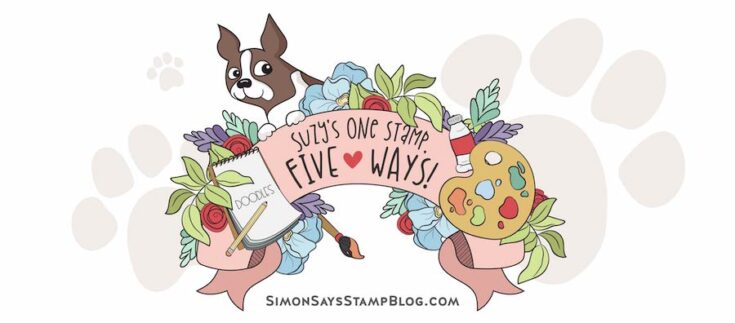
Hi friends! Where is the time going? May is already almost over, which means it’s time for our monthly blog installment of One Stamp, Five Ways with Suzy Plantamura! These celebratory cards are so fun! Read on to learn more about each one and enjoy!

Hello friends! Today I have a “one stamp, five ways” post to share with you using a stamp set called “Cue the Confetti”. I somehow had never used this stamp set, so I thought it would be perfect since I never have enough birthday cards. It also has a set of matching dies and balloon stencils and balloon pattern stencils to use with it, so I knew I would enjoy the process! Here are my five cards:

I stamped the three balloons with Intense Black Ink. I then used both sets of stencils in the All the Balloons Stencils Bundle. I first used the Balloons Stencils to do the background colors using Tropic, Marine, and Surf PSInks. I then used the Balloon Pattern Stencils using the darker shades of the same PSInk Trios including Aegean, Ocean, and Cadette. I die-cut them out with the matching All the Balloons dies.

I die-cut a white frame using the A2 Nesting Frame Dies and then used a smaller die to cut out a black Frame from Tim Holtz Black Heavy Stock. I glued the white frame over the black one. I embossed a background using the SSS Tessellating Snowflakes embossing folder. I love white backgrounds, but prefer a bit of pattern on them, so I end up using subtle embossed designs on white all the time. I attached the frame over it. I stamped the two sentiments from the stamp set with Intense Black Ink and then used Clear Embossing Powder over them, so they were shiny. I layered the balloons on the top with foam tape behind the top of them and added strings below each one. I then attached Make It Epic with foam tape beneath it. I added the second sentiment stamped on a small banner below it. Last, I used some blue and teal sequins from the Icey and Frosty Pines Mixes around the balloons.

I cut a piece of white cardstock to be 5×7 (I wanted more real estate on this one!). I stamped the balloons over and over, overlapping them using black ink. I then colored them with Copic Markers. I mixed both colors where they overlapped. I tried to make sure the colors next to each other wouldn’t create an ugly color but didn’t always succeed! I stamped some of the two stars in the stamp set around the balloons.

I cut this piece down a bit and mounted it on a piece of Tim Holtz Black Heavy Weight Black paper. I just discovered this stuff, and it is really thick and has like a velvety texture. I stamped the sentiments in black ink and used clear embossing powder over them again. I die-cut the large one out with the die in the stamp set and then the smaller one with a small banner die and attached them both with foam tape behind them. I used some Moonshine sequins around the sentiments.

This is my favorite card because these colors are delicious! I first made the balloon using all PSInks. I stamped the outside using Peony, Pucker, Mandarin, and Honey (darkest colors in each Trio) as I worked down overlapping the colors slightly. I attached the Balloon stencil over it and inked with Carnation, Blush, Grapefruit, and Zest (middle color in each Trio) as I went down. I attached the Balloon Patterns stencil over the Balloon stencil and did the same but went back to the darkest colors in the Trio again. I die-cut the balloon out with the matching die and tried to figure out a way to best show it off haha.

I decided to make a shaker card with this big bad boy. I made a frame and inked it with the same colors, using a little of the darkest and more of the medium of each shade until I got it to match the balloon well. I stamped the Happy Birthday stamp with a mixture of Blush and Carnation (one layer of each color). I used the Dibble Tile embossing folder for the background. I filled the saker in with sequins from the Autumn Mix, Candy Heart, and Orange Leaves sequin mixes. I attached the balloon, a string also inked with Blush, and the sentiment to the top of the shaker window.

I decided to pull out my Alcohol Inks for these balloons since they are large, and I thought the patterns would be interesting. I’m no expert at these inks, but I mixed a combination of Tim Holtz Purple Twilight, Fiesta, Tranquil Pearl, and Alloy on Yupo Paper. I stamped the balloon stamps over the dried alcohol inks with black ink and let the black ink dry. I die-cut them out with the matching dies. They looked so pretty for a novice!

I used a plain white cardstock base which was difficult for me, but I planned on stamping the sentiment directly on the card. I attached the three balloons first trimming off the excess that hung over the edges. Then I stamped the sentiment, but realized I needed to add balloon strings. This made the sentiment look funny, so I decided to redo it and die-cut it out so it could overlap the balloon strings. Meaning I could have used an embossed background and made myself happy haha. But plain works! I added some sequins from the Icey and Purple Fields mixes.

I wanted to make a slimline card using the balloons, but this one didn’t go as planned. I like to tell you the lessons I learn as I make cards as sometimes, they will help others! I started with a piece of Tim Holtz watercolor paper cut to be 8.5×3.5”. I embossed the three balloons on it as well as the confetti and strings using white embossing powder. I then painted the balloons and the background with Nuvo Shimmer Powders. Somehow, I got spots of the wrong colors on the top of balloons. I think the powders dropped off my paintbrush and made a mess. But as always, I refuse to start a card over….

I embossed the four balloons again and die-cut them out. I re-painted them with the Shimmer Powders and attached them over the original balloons with foam tape behind the top of each. Presto – issue solved! I used the Birthday Wishes die for the sentiment, die-cutting it out of white cardstock and watercolor paper. I painted the letters the same pink I had used on the balloon and glued those letters over the white ones. I attached it to the bottom of the card with foam tape behind it. I flicked white paint and added some small 3mm white sequins around the background.
I now have 5 birthday cards ready to go, so send me your birthday haha. I just returned from the SSS Create event and it was so incredibly fun meeting some of you and painting Suzy’s Watercolor Cards together! I hope you enjoyed this “one stamp, five ways” post and that it motivates you to think of different ways to use the same stamp set. Happy summer friends – it will be here before we know it! Suzy
SUPPLIES:
|
Thanks so much for stopping by, and thanks to Suzy for being our guest!






















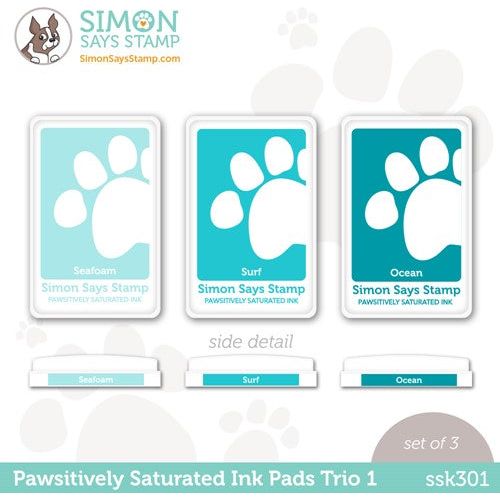

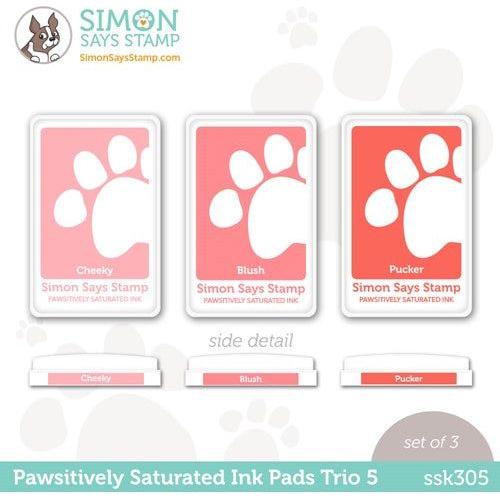

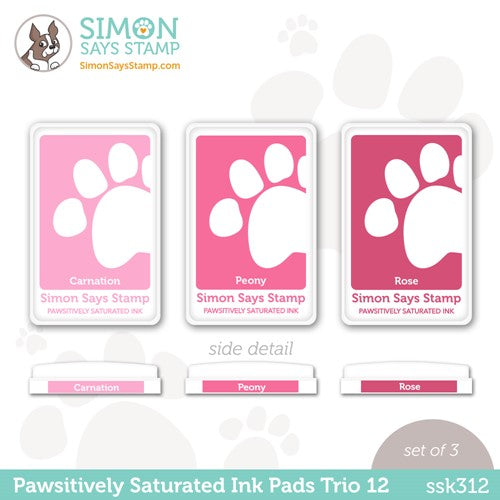

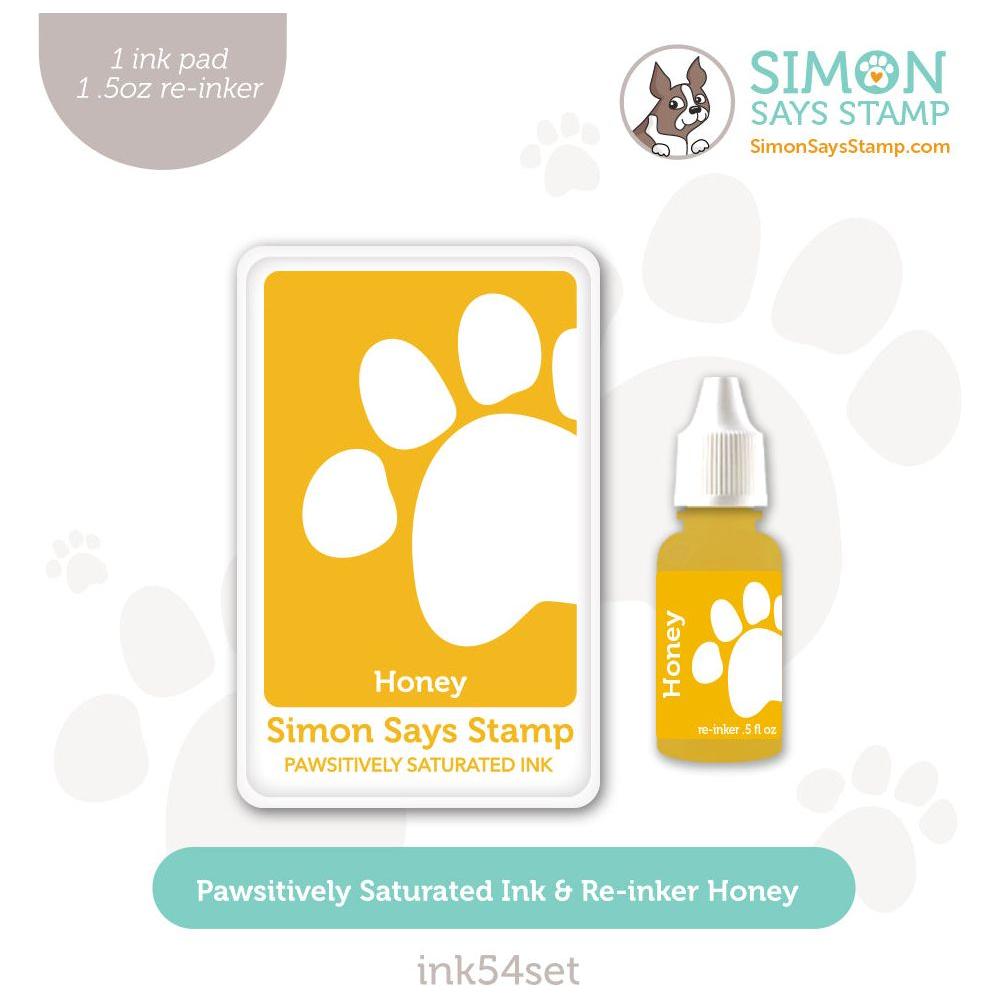









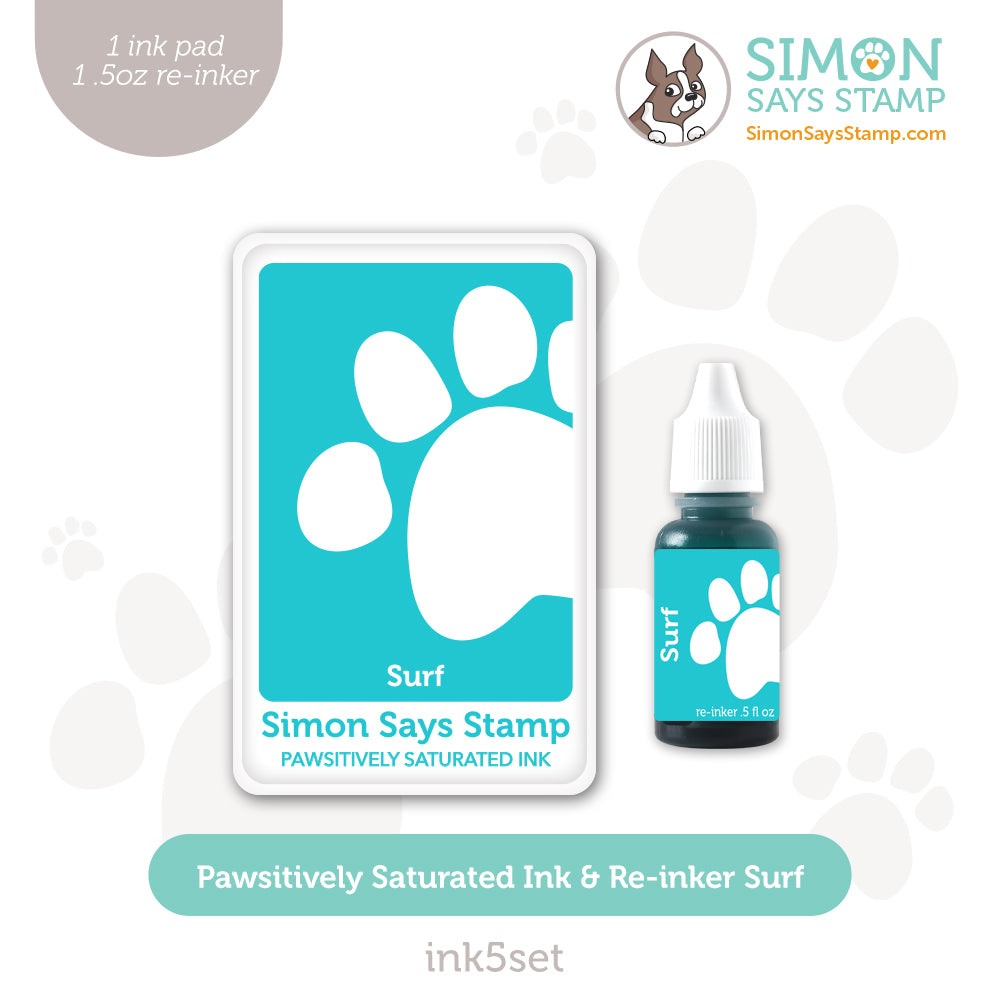




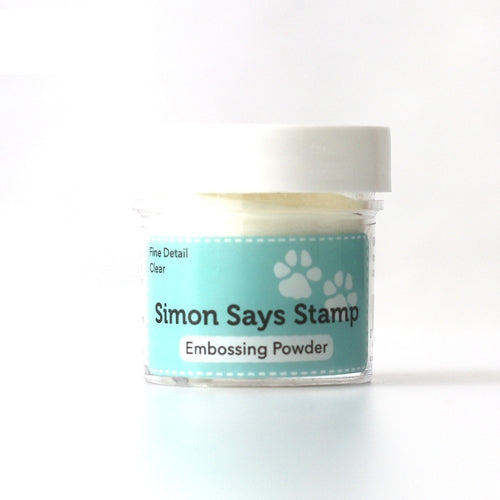











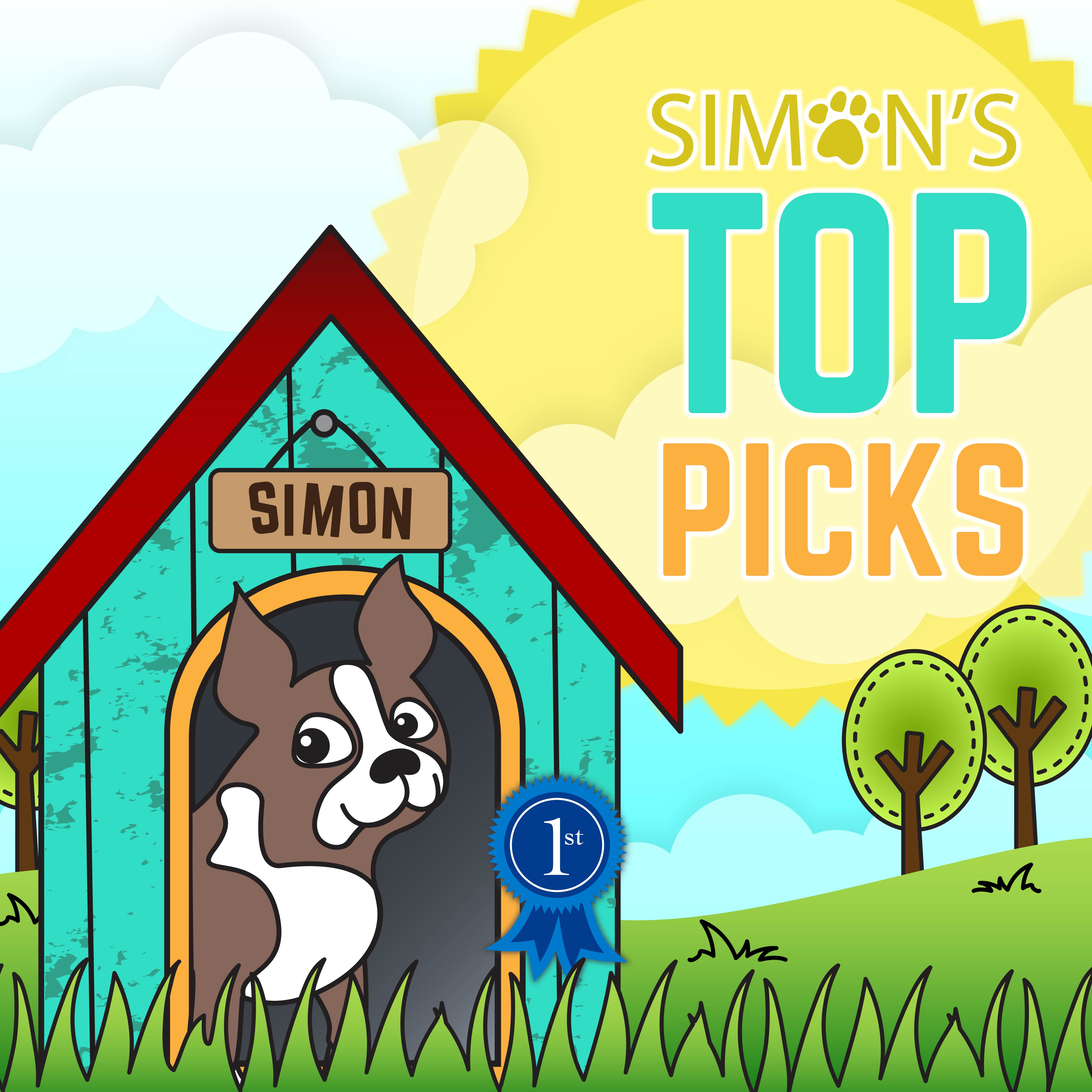

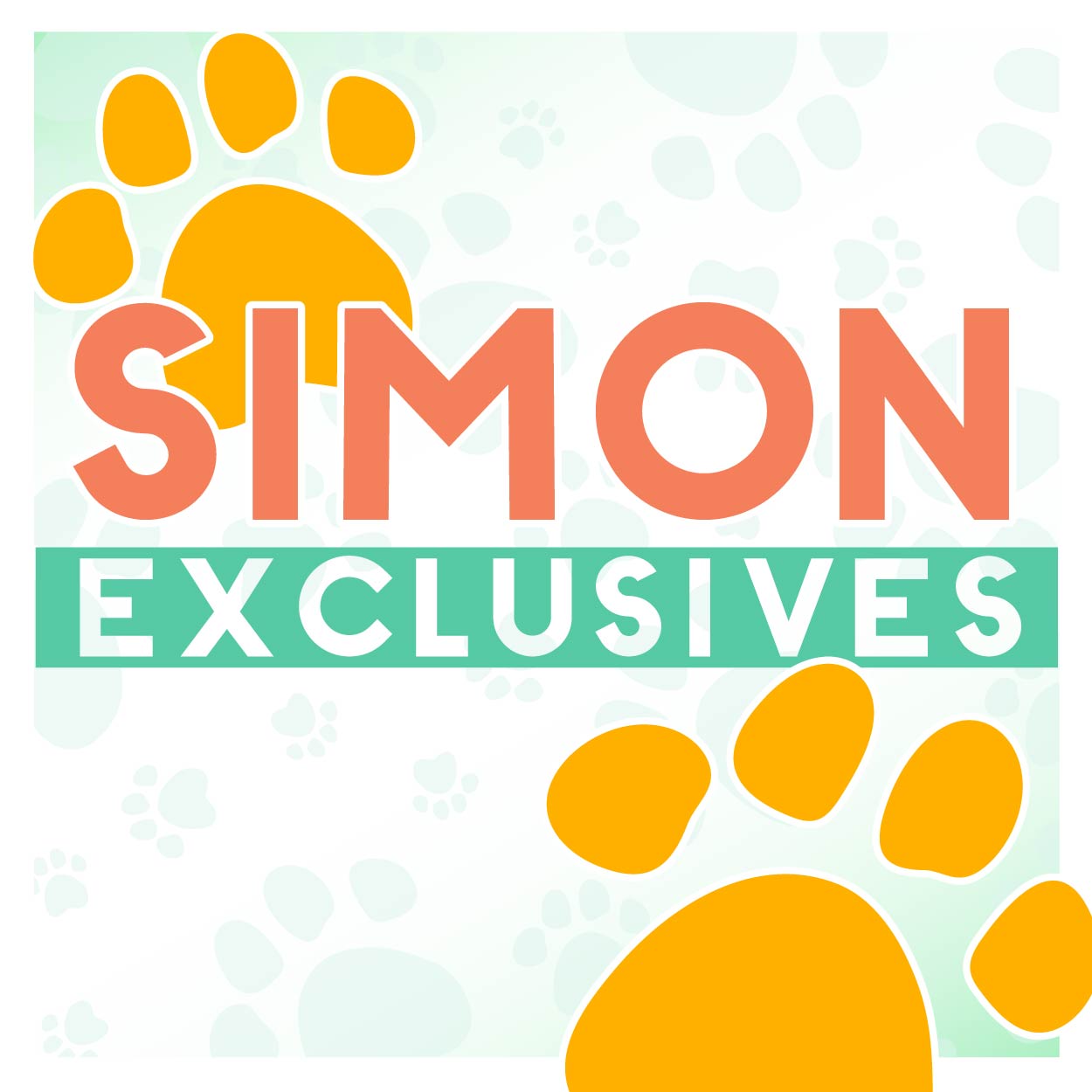

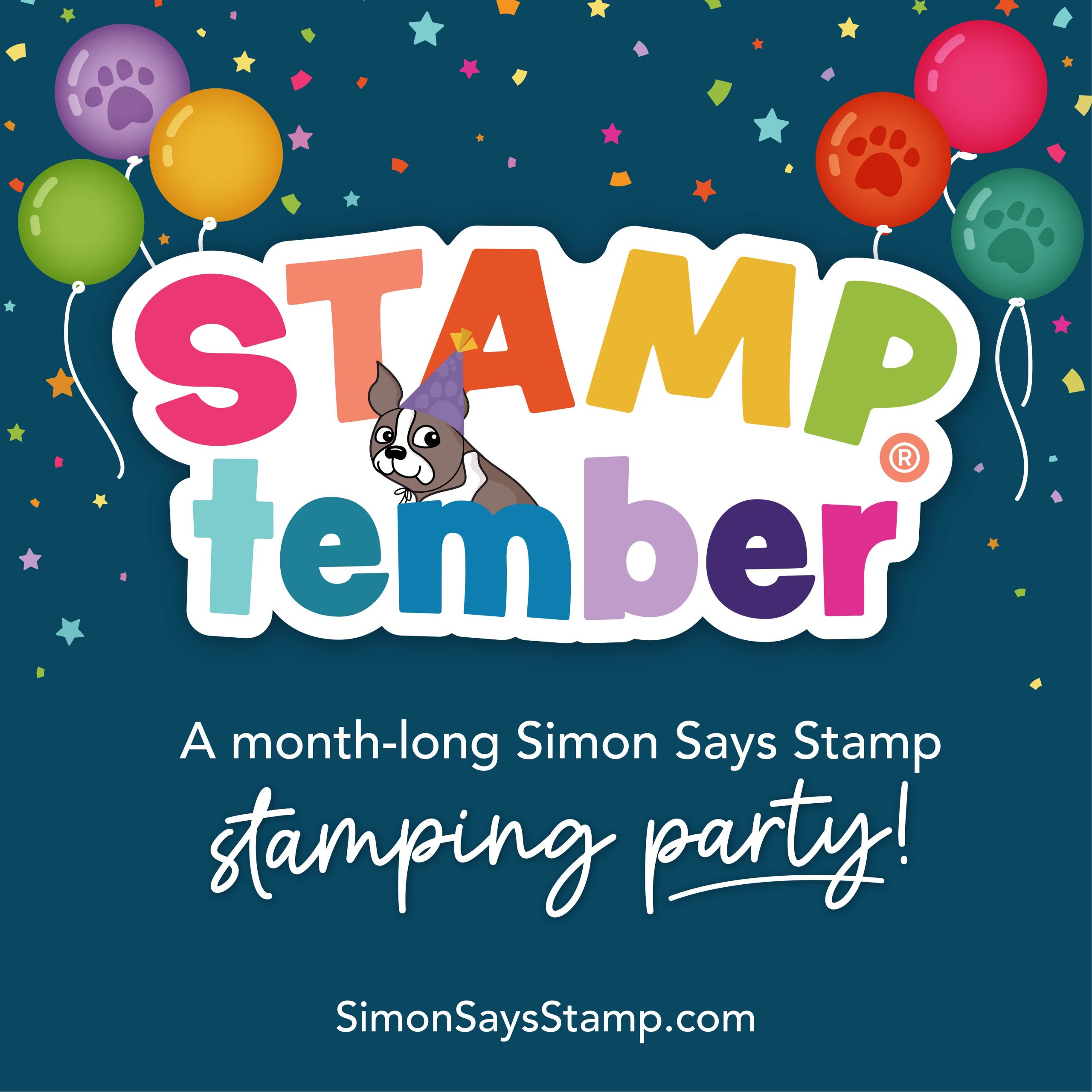




beautiful cards
Love all of these, Suzy! Even for a non-novice, the alcohol ink one is gorgeous!! I think you nailed EVERY. SINGLE. CARD. GREAT JOB!!!!!!!!!!
Lori S in PA
These are Fabulous Birthday cards!!! I love this set!!!
Really fun cards
Choosing the perfect place to retire involves finding a balance between affordability, climate, and quality of life. Countries like Portugal, Spain, and Costa Rica are popular due to their pleasant weather and lower living costs. Each destination offers unique benefits, whether it’s Portugal’s beautiful coastline or Costa Rica’s vibrant culture. For a comprehensive guide on the best retirement destinations worldwide, visit https://govisafree.com/best-places-to-retire/. Here, you’ll find detailed insights into various locations, helping you make an informed decision for a fulfilling and enjoyable retirement.
Portugal has introduced a new digital platform to streamline citizenship applications, aiming to boost processing capacity by 50%. The system digitizes documents and employs artificial intelligence to extract applicant data, reducing average processing time from nearly two hours to about 30 minutes. Initially launched in Lisbon and Porto, the platform is set to expand nationwide by November 4, 2024. https://getgoldenvisa.com/industry-insights/portugal-new-platform-for-citizenship-application
The 2024 update on Greece’s Golden Visa program reveals that the €250,000 investment path remains available to international investors. The article provides insights into the current status, regulatory environment, and potential opportunities within the Greek Golden Visa framework. Stay informed about how these investment options can open pathways to residency and the broader benefits of the program. https://timelymagazine.co.uk/greece-golden-visa-2024-update-e250000-investment-path-still-available/
Browse a diverse selection of Lisbon properties for sale on GetProperties.com. Whether you’re seeking modern apartments, historic villas, or investment opportunities, find detailed listings in Portugal’s vibrant capital. Explore prime locations, competitive prices, and expert insights to help you make an informed decision in Lisbon’s dynamic real estate market. https://www.getproperties.com/real-estate/portugal/lisbon-property-for-sale/
A “Golden Visa” is a residency-by-investment program offered by certain countries. By making a qualifying investment—often in real estate, business, or government bonds—applicants can secure the right to live, work, or study in the host nation. Over time, many Golden Visa programs also provide pathways to permanent residency or citizenship, offering benefits such as visa-free travel and improved global mobility.https://www.youtube.com/watch?v=NVKvCQP8z-k&t=177s
Psychologist Raymond Cattell’s 16 personality factors describe what he saw as components of a personality, as measured by his 16PF Questionnaire. These include emotional stability, perfectionism, reasoning, warmth, and other traits that, in their unique combinations, explain differences among human individuals.
People have long been interested in understanding human personality. As a result, numerous theories have been developed to explain how personality develops and influences behavior.
The Trait Approach to Personality
Psychologists have long debated exactly how personality should be defined and described. One of these key ideas is known as the trait theory of personality.
According to trait theory, human personality is composed of a number of broad traits or dispositions.
Some of the earliest trait theories attempted to describe every trait that could possibly exist. For example, psychologist Gordon Allport identified more than 4,000 words in the English language that describe personality traits.
Although this broad approach identified traits well, it’s unwieldy, ambiguous, and difficult to use. For example, many traits are very similar and, therefore, difficult to distinguish.
The 16 Personality Factors
Psychologist Raymond Cattell whittled Allport’s list down to 171 characteristics, mostly by eliminating redundant and uncommon ones. He then used a statistical technique known as factor analysis to identify interrelated traits and condense his list into 16 key personality factors.
Cattell viewed personality traits on a continuum. Each person has all 16 traits to a degree, but each person
The following are Cattell’s 16 personality factors:
Abstractedness: Imaginative versus practical
Apprehension: Worried versus confident
Dominance: Forceful versus submissive
Emotional stability: Calm versus high-strung
Liveliness: Spontaneous versus restrained
Openness to change: Flexible versus attached to the familiar
Perfectionism: Controlled versus undisciplined
Privateness: Discreet versus open
Reasoning: Abstract versus concrete
Rule-consciousness: Conforming versus non-conforming
Self-reliance: Self-sufficient versus dependent
Sensitivity: Tender-hearted versus tough-minded
Social boldness: Uninhibited versus shy
Tension: Inpatient versus relaxed
Vigilance: Suspicious versus trusting
Warmth: Outgoing versus reserved
Cattell’s 16 personality factors were based on Allport’s original list. Some researchers believe these 16 factors can be further reduced in number. The five-factor model is one example.3
The 16PF Personality Factors Questionnaire
Cattell’s 16PF Personality Factors Questionnaire is still used frequently today, especially in career counseling, marital counseling, and employee testing and selection.
The respondent must choose one of three alternatives in forced-choice questions. The score is expressed in a range and falls between the highest and lowest extremes.
Researchers use various systems to interpret scores, depending on the test’s purpose. Some of the resulting interpretive reports take a clinical approach; others focus on areas such as career selection, teamwork development, and leadership potential.
Research has supported the test’s validity, including its use in career development and personality assessment.
A free version of the 16PF Questionnaire is available online through the Open-Source Psychometrics Project. The test is for educational purposes only and is not a substitute for professional advice or medical diagnosis. Talk to a mental health provider or career testing service to have a professional administer the test and interpret your results.
Uses for Cattell’s 16 Personality Factors Test (16PF)
The 16PF has a variety of uses, including:
Career development
Human resources
Personality assessment
Research
It also helps psychologists address their patients’ needs and plan their therapy by assessing anxiety, adjustment, and behavioral problems.
Personality, he believed, was not just some unknowable and untestable mystery. It could be studied, organized, and sometimes predicted based on underlying personality traits.
Test Interpretation
The 16PF Questionnaire takes approximately 30 to 50 minutes. It’s administered electronically or on paper, usually by a trained professional who then scores each personality factor on a 10-point scale. A score below four is considered low and above seven, high. The context, interaction, and overall score also figure into the scores on each factor.
High and low scores aren’t “good” or “bad.” A scoring guide is necessary to determine what your score indicates.
History of the 16 Factors
Born in 1905, Cattell witnessed the advent of many 20th-century inventions, such as electricity, telephones, cars, and airplanes. Inspired by these innovations, he was eager to apply the scientific methods used to make such discoveries to studying the human mind and personality.
Cattell later used the factor analysis techniques developed by psychologist Charles Spearman, known for his pioneering work in statistics, to create the 16PF Questionnaire.
The 16 Factors of Personality is one example of the trait approach. According to trait theory, human personality comprises many traits in unique combinations. The 16PF Questionnaire is widely used in a variety of settings for numerous purposes, including healthcare, human resources, investigations, and much more.
https://canvas.instructure.com/eportfolios/2175774